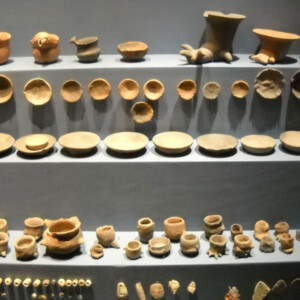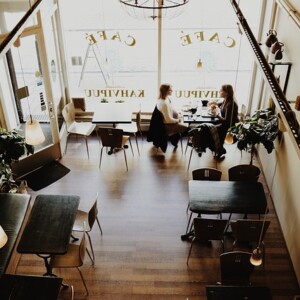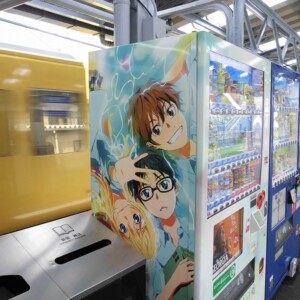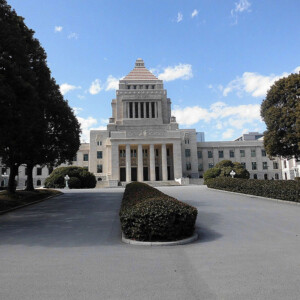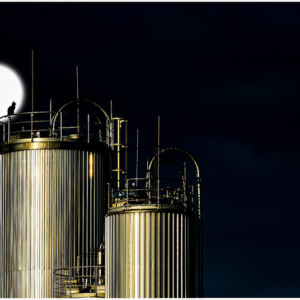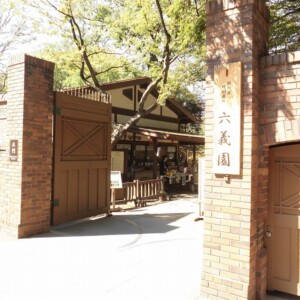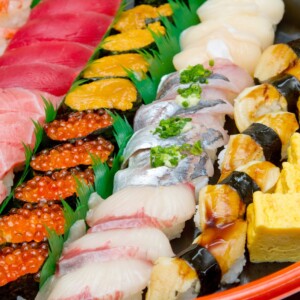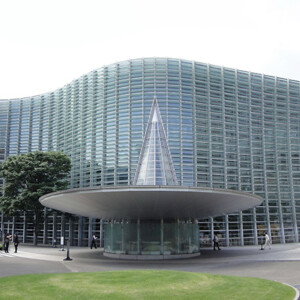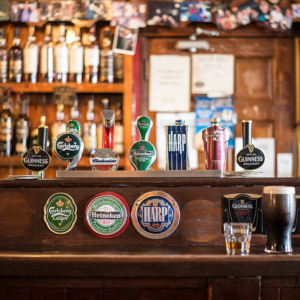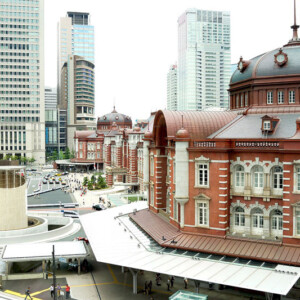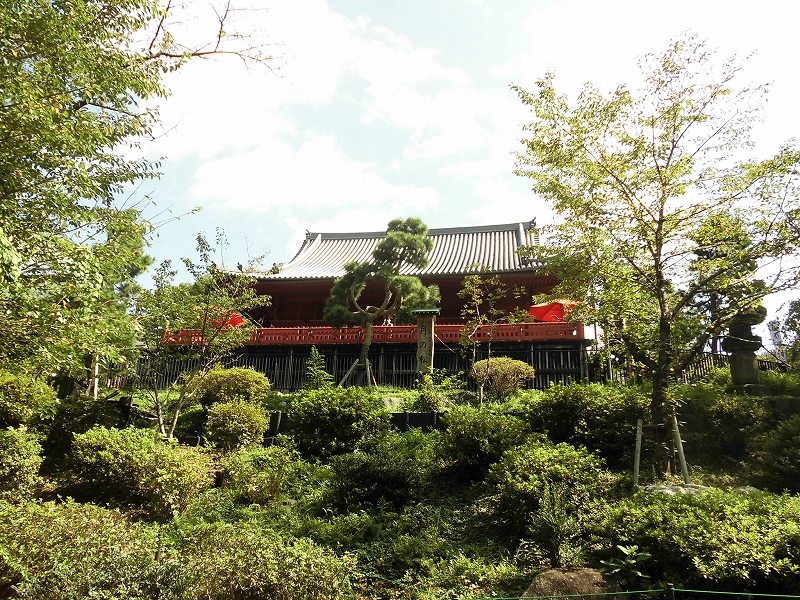
Stroll through the Edo atmosphere at Ueno Onshi Park, Japan's first park
table of contents
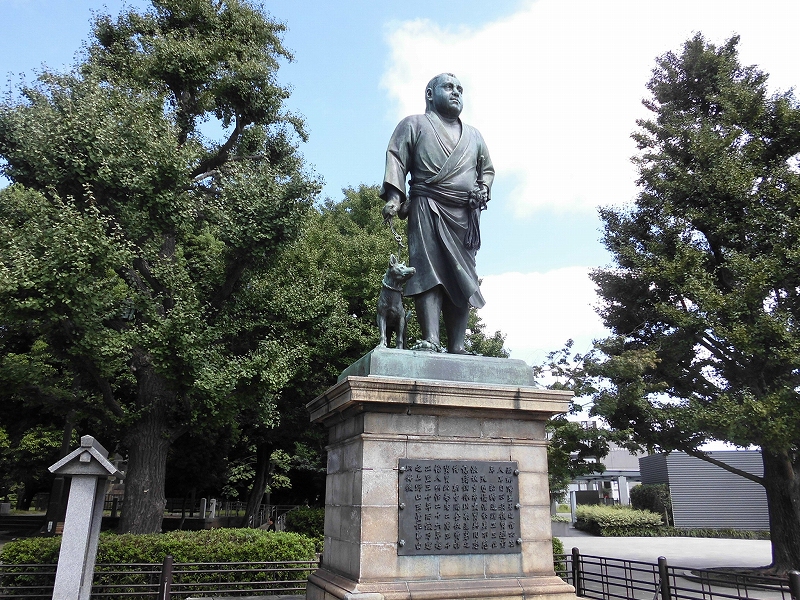
Ueno Park, located in Tokyo's Taito Ward, was designated Japan's first park during the Meiji period and was part of Ueno Kan'ei-ji Temple during the Edo period. Today, it is a famous cherry blossom viewing spot and a cultural spot that is home to the Tokyo National Museum, the National Museum of Western Art, the National Museum of Nature and Science, and the zoo.
Why not take a stroll through Ueno Park and experience the Edo atmosphere that still remains today?
Two memorial towers that tell the history of Ueno Park

After Tokugawa Yoshinobu, the 15th Shogun of the Tokugawa Shogunate, was defeated in the Battle of Toba-Fushimi, he returned to Edo, where he was confined to Kan'ei-ji Temple in Ueno before moving to Mito.
Later, the Tokugawa Shogunate's hatamoto (direct retainers of the Tokugawa Shogunate) who were dissatisfied with the new government formed the Shogitai (Japanese military unit) and barricaded themselves in what is now Ueno Park. The new government forces, under the command of Omura Masujiro, launched an all-out attack on Ueno.
The memorial tower in the photo is for the Shogitai who died at that time. Because the Shogitai were rebels against the new government, the memorial tower's monument does not have the name Shogitai engraved on it, but instead has the words "Grave of the Dead in Battle" inscribed in the calligraphy of former shogunate retainer Yamaoka Tesshu
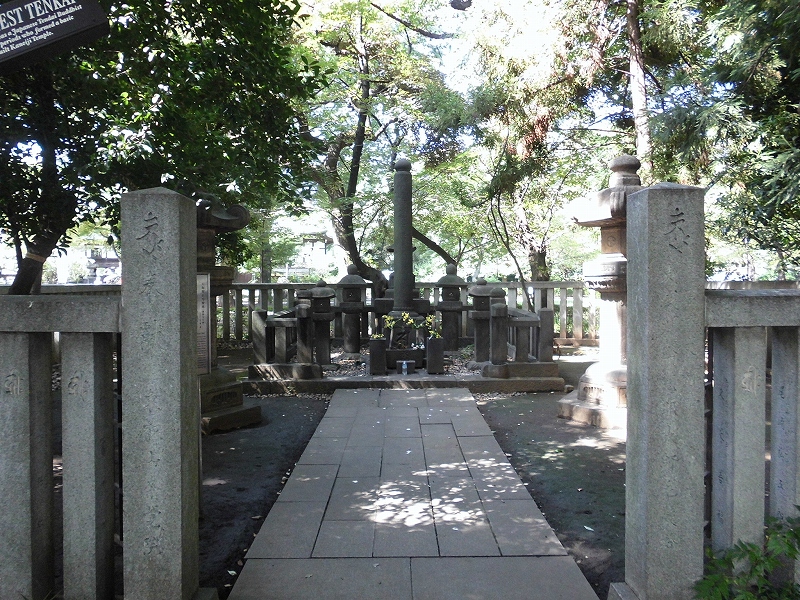
What is now Ueno Park was the site of Kan'ei-ji Temple during the Edo period. The temple was founded by Sojo Tenkai. Sojo Tenkai was a close aide to Tokugawa Ieyasu, who is rumored to have actually been Akechi Mitsuhide, and served Hidetada and Iemitsu as well, and is said to have lived to the age of 108.
After his death in 1643 (the 20th year of the Kan'ei era), he was buried on Mount Nikko, and a memorial tower was built here, along with a tower containing his hair.
The photo shows the hair tower of Sojo Tenkai, located very close to the memorial tower for the Shogitai soldiers
Feeling like you're at Kiyomizu-dera Temple in Kyoto - Kiyomizu Kannon Hall at Kan'ei-ji Temple

Ueno Park is home to the Kan'ei-ji Kiyomizu Kannon Hall, a smaller version of the Kiyomizu-dera Temple in Kyoto. This building is a designated Important Cultural Property of Japan and was built in 1631
Kiyomizu Kannon-do has survived the Ueno War, the Great Kanto Earthquake, the Tokyo Air Raids, and other disasters without being damaged, and it still stands as it was at the time. The principal image here is Yakushi Nyorai
In the center of the photo is the "Moon Pine," which is also famous from Utagawa Hiroshige's ukiyo-e "One Hundred Famous Views of Edo."
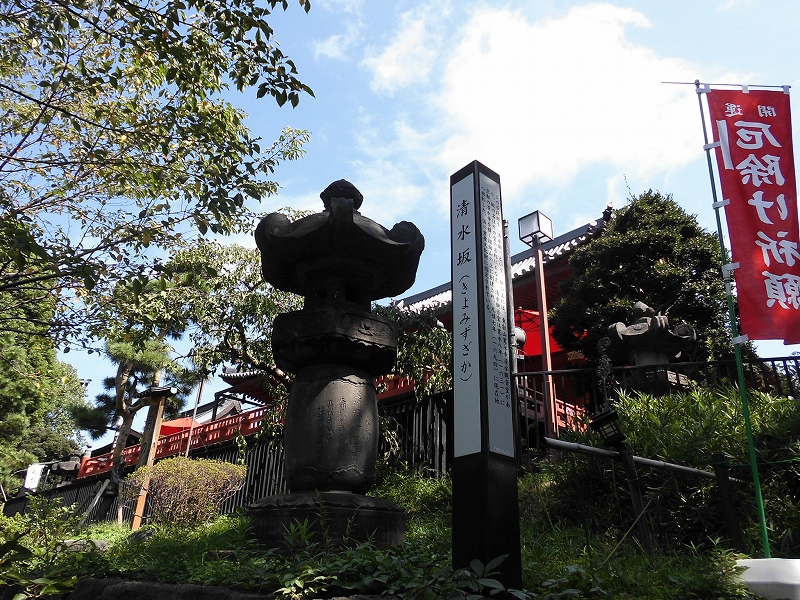
Kiyomizuzaka is the slope of stone steps leading up to the stage at Kiyomizu Kannon-do. Although it is smaller than the stage at Kiyomizu-dera Temple in Kyoto, the structure of the stage is actually the same as that of Kiyomizu-dera Temple in Kyoto
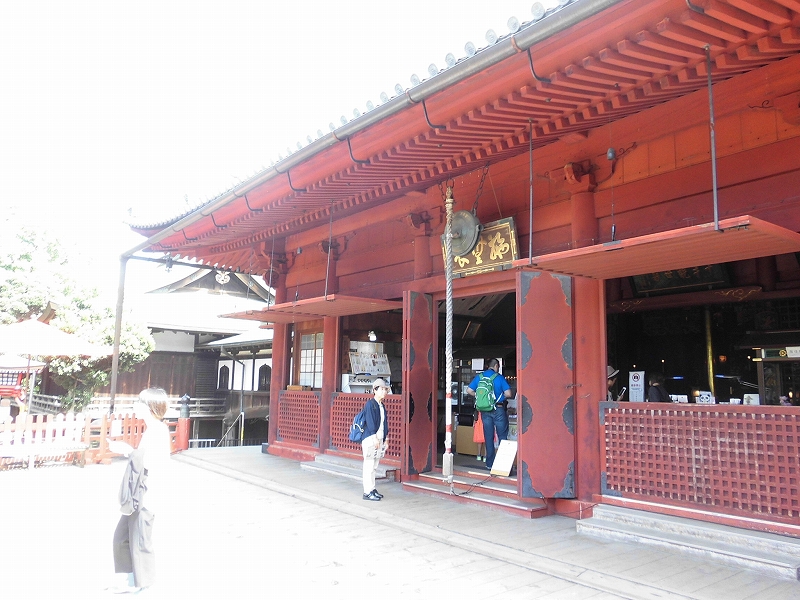
This is Kiyomizu Kannon Hall. In the foreground is the so-called Kiyomizu Stage. The secret Buddha enshrined in the Kannon Hall was moved from Kiyomizu-dera Temple in Kyoto. It is not generally open to the public
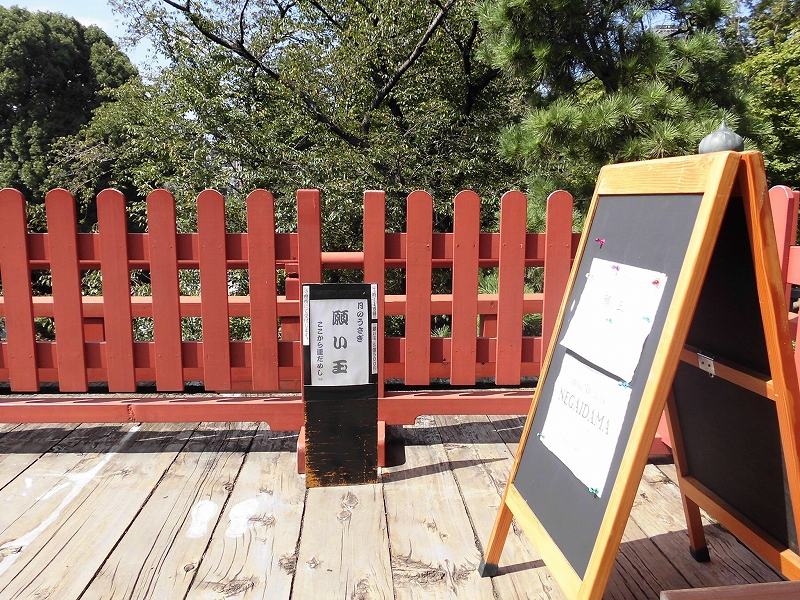
It is said that if you throw a wish ball from the stage of Kiyomizu Kannon-do with the hope of having your wish fulfilled and it lands on the moon below the stage, your wish will come true. There are five wish balls in a set, wrapped in a beautiful cloth like a beanbag. There is a white foot mark on the stage, and you throw them from there
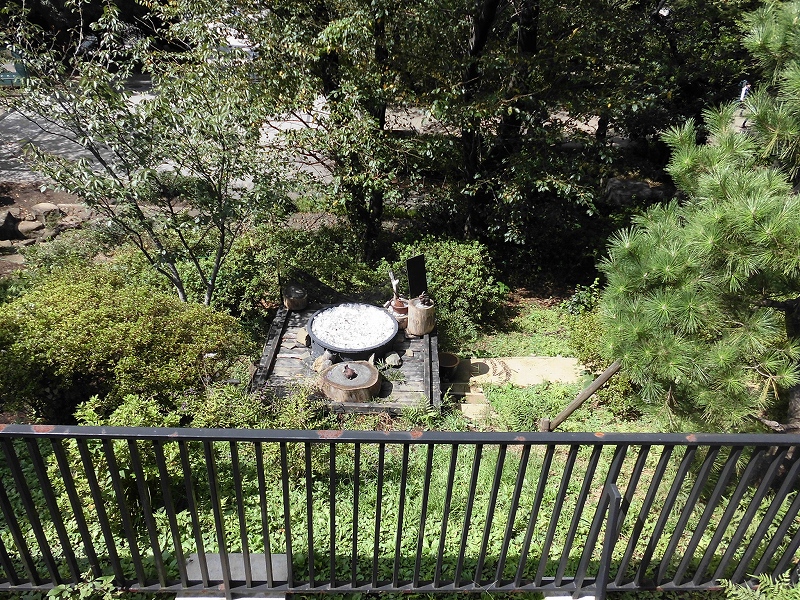
In the center of the picture, there is a round container with white stones on it. This is the moon.
Can you land your wishing ball safely here?
Ueno Toshogu Shrine remains as it was during the Edo period
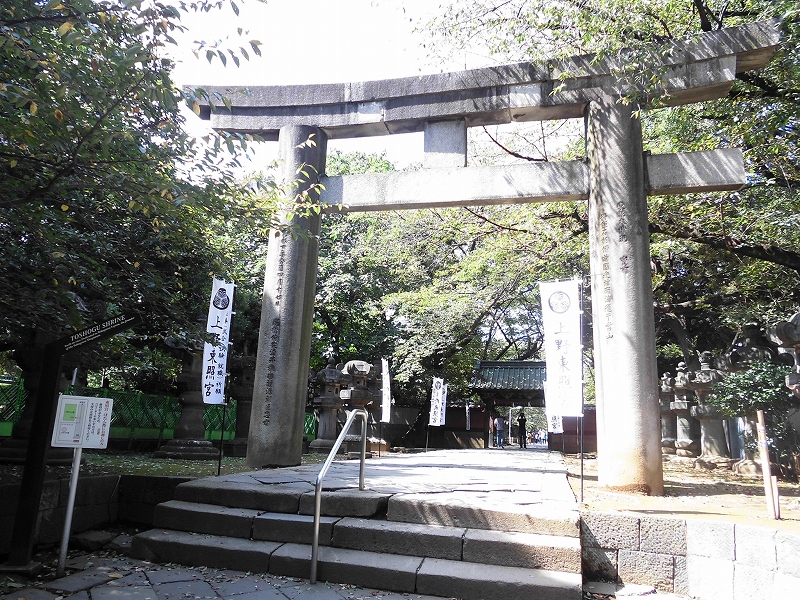
The great torii gate of Ueno Toshogu Shrine was donated by Sakai Tadayo in 1633 and is a designated Important Cultural Property of Japan. It is known for its sturdiness, having remained standing even during the Great Kanto Earthquake
Ueno Toshogu Shrine is officially called "Toshogu Shrine," but it is called Ueno Toshogu Shrine to distinguish it from other Toshogu Shrines. Tokugawa Ieyasu, Tokugawa Yoshimune, and Tokugawa Yoshinobu are enshrined here
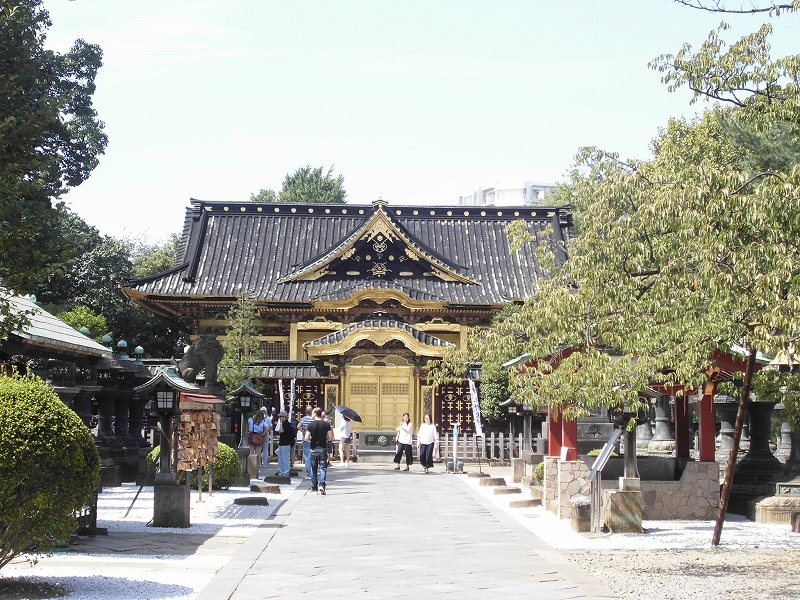
Ueno Toshogu Shrine was founded by Todo Takatora in 1627 at his own residence in Ueno. It is said that the shrine was built in response to Tokugawa Ieyasu's will to Takatora and Tenkai, who was critically ill and asked them to "build a place where my soul can rest forever." The
shrine is famous for its Peony Garden, where the Peony Festival is held from early April to early May.

The Karamon Gate of Ueno Toshogu Shrine, built in 1651 (Keian 4), is a designated Important Cultural Property of Japan. The roof bears the Tokugawa family crest of the three-leaf hollyhock. Carvings of ascending and descending dragons by Hidari Jingoro are found on the four sides of the pillars inside and outside. Legend has it that these dragons go to drink water from Shinobazu Pond at night
Beyond the gate, the shrine building that still stands today was rebuilt by Tokugawa Iemitsu in 1651. It survived the Great Kanto Earthquake and World War II without being destroyed
Restoration work was carried out between January 2009 and 2013, and the shrine has been open to the public since 2014, although the interior of the shrine building is not open to the public

Within the grounds of Ueno Toshogu Shrine, there are a total of 48 copper lanterns donated by various feudal lords. All of these are designated as Important Cultural Properties of Japan. Incidentally, the copper lanterns on either side of the Karamon Gate at Ueno Toshogu Shrine were donated by the Kishu, Mito, and Owari clans, two each, of the three main branches of the Tokugawa family
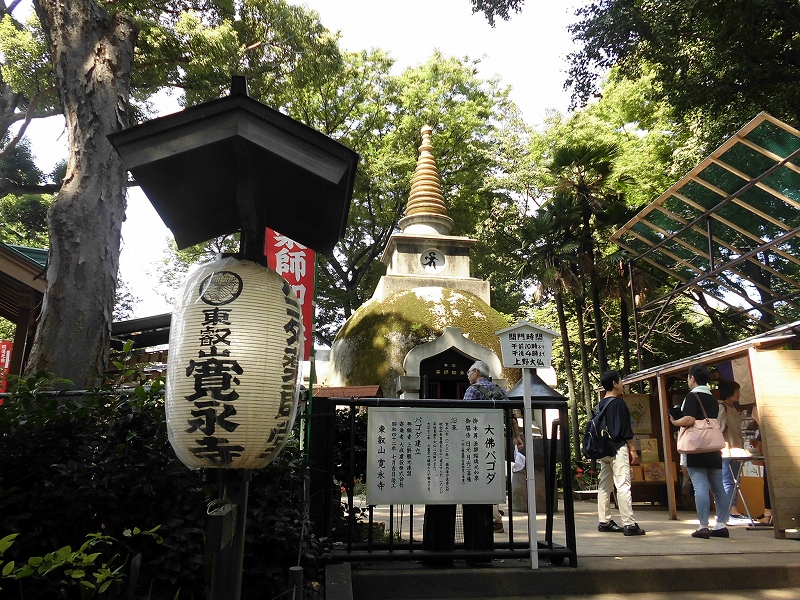
You may not be familiar with this, but Kan'ei-ji Temple once had a Great Buddha Hall. Daibutsuyama Pagoda stands on the site of the Great Buddha Hall. It was built in 1967. It enshrines the Yakushi Triad, which was once the principal image of the Honjido Hall of Ueno Toshogu Shrine
The pagoda is in the back of the photo, and on the right is the area where amulets and other goods are sold
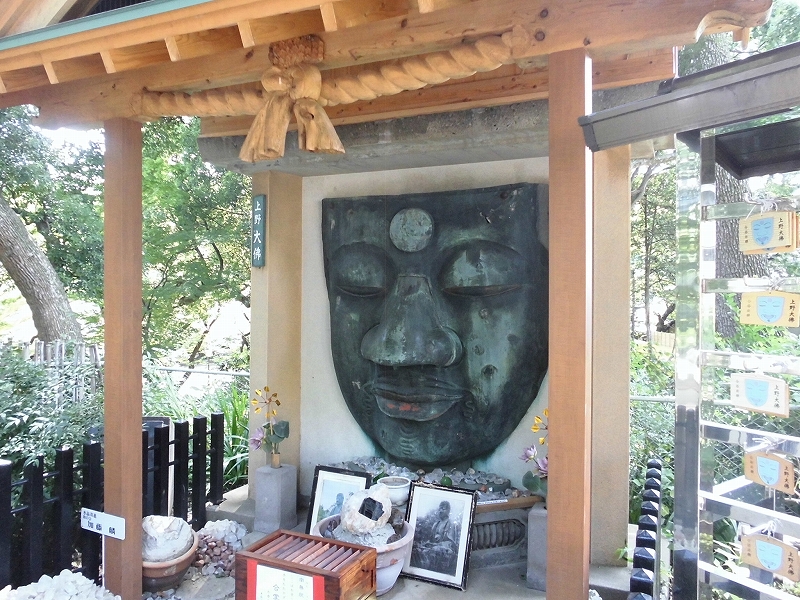
To the left of the pagoda in front is the face of the former Ueno Great Buddha. The Ueno Great Buddha was built on this site in 1631 (the 8th year of the Kan'ei era) with a donation from Hori Naoyori, the lord of the Murakami domain in Echigo. It was a seated statue of Shaka Nyorai (Shakyamuni Buddha) about 6 meters tall
After that, it was repeatedly destroyed and rebuilt due to earthquakes and fires, but after the head fell off in the Great Kanto Earthquake, it was unable to be rebuilt and was stored in its broken state. During the war, all but the face was lost in a metal donation. In 1972, the remaining face was installed in its original location as a relief
Ueno Park was the first park built in Japan

The photo shows Shinobazu Pond. Next to the building in the middle is Bentendo Hall on Nakajima Island in Shinobazu Pond. Shinobazu Pond represents Lake Biwa, and Bentendo Hall on Nakajima represents Benzaiten at Hogonji Temple on Chikubushima Island
In autumn, Shinobazu Pond is overgrown with lotus flowers, making it impossible to see the water's surface, but the water is visible beneath the lotus leaves. This area was also formerly the site of Kan'ei-ji Temple.
During the battle between the Shogitai, who had holed up in Ueno, and the new government forces, the area was reduced to burnt ruins except for a few buildings, but in 1873 the former Kan'ei-ji Temple site was designated Japan's first park, and remains so to this day.
How was it?
Ueno Park is a popular spot for cherry blossom viewing, but it was originally a sacred place for the Tokugawa family. Most of the precious important cultural properties from the Edo period that remain can be enjoyed without paying an admission fee, so we recommend it not only as a place to visit the zoo and museum, but also as a historical walking spot
INFORMATION
| name | Ueno Park |
| location | Taito-ku Ueno Park/Ikenohata 3-chome |
| telephone number | 03-3828-5644 |
| Official URL | https://www.tokyo-park.or.jp/park/format/index038.html |
| GOOGLE MAP |


